I have the following query that runs in postgresql-9.6, I need to achieve the same output on a SQL Server DB.
Here is the query, I've replaced all fields from my DB with the string values that would come from them anyway (DB Fields are: "primary_key_fields", "primary_key_values", "table_name", "min_sequence"):
SELECT
UNNEST(STRING_TO_ARRAY(demo.primary_key_fields, ',')) AS primary_key_fields,
UNNEST(STRING_TO_ARRAY(demo.primary_key_values, ',')) AS primary_key_values,
table_name,
min_sequence,
ROW_NUMBER() OVER(partition by demo.primary_key_fields) AS rn
FROM (
SELECT
'Name,surname,age,location,id' AS primary_key_fields,
'Nash,Marley,27,South Africa,121' AS primary_key_values,
'person' AS table_name,
'1' AS min_sequence
UNION ALL
SELECT
'Name,surname,age,location,id' AS primary_key_fields,
'Paul,Scott,25,South America,999' AS primary_key_values,
'person' AS table_name,
'1' AS min_sequence
) demo
I'm expecting the following output:

Highly appreciate the assistance. I'm using SQL Server 2017.